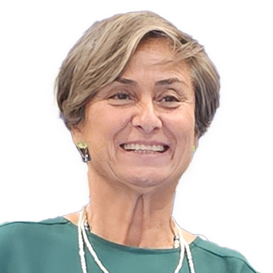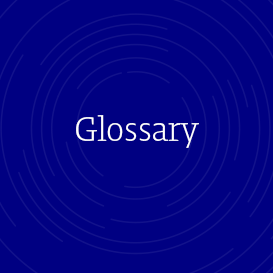ITEA - The fast track to software innovation

The need to focus on real-world challenges
Today there are so many opportunities to apply information technologies that it is not that easy to choose the opportunities that will deliver the most important impact and benefits for end users. If you leave the decision to technology developers and researchers, they may choose directions that will not be aligned with the expectations and needs of end users, resulting in applications that will not be used.
ITEA’s end-user orientation
To avoid this pitfall, ITEA has developed a customer orientation approach that contributes to aligning the projects to the real-world problems that really matter for end users. On a regular basis, ITEA organises customer workshops dedicated to listening to the real challenges and to fostering the creation of projects that address them. In addition, a Smart Cities Advisory Board and a Cyber Security Advisory Board have been established to get the view of the end users about the most important problems in these domains on which research projects should focus.
SoRTS (2014-2016)
Fewer, shorter and less intrusive treatments for cancer patients
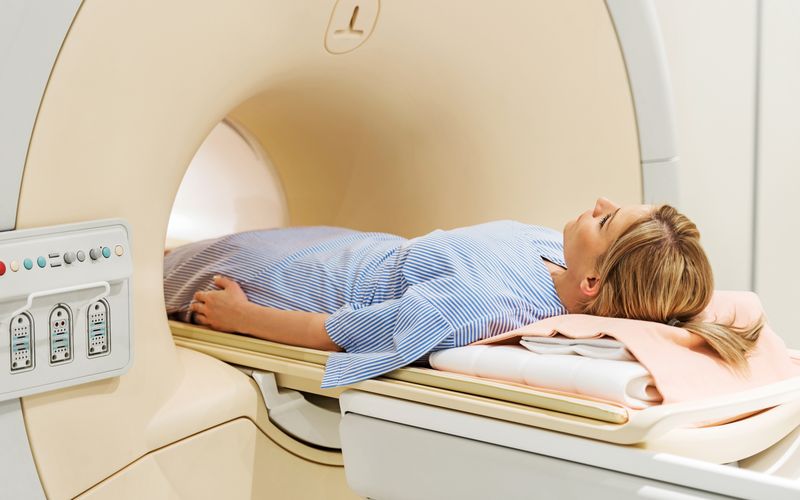
Cancer treatment can have a big impact on patients’ lives. The goal of the ITEA project SoRTS was to develop a system of real-time systems to have the tumour in sight during radio treatment and to enable more precise cancer treatment, allowing for fewer, shorter and less intrusive treatments and enabling patients to go on with their daily lives. One of the key outcomes of SoRTS was the MR-LINAC (Magnetic Resonance Imaging - Linear Accelerator) system, commercially introduced as the Elekta Unity, designed to improve the targeting of tumour tissue while reducing exposure of healthy tissue to radiation. In 2020, this version of the MR-LINAC was already in use worldwide at more than 60 centres for patient treatment, and the order intake is increasing.
Unfortunately, the project leader himself needed radiation treatment, during the last year of the project. The traditional treatment would have involved 20 treatments in four weeks. However, the MR-LINAC treatment, based on the SoRTS project results, offered a treatment of five sessions in 20 days. This substantially reduced the burden of travelling to the hospital, and also the side effects, like fatigue, were much less. As less tissue is damaged, the recovery time in general is also much shorter. In fact, the project leader was even able to work about half of the time in these 20 days, instead of being unable to work for four weeks.
Finally, there is also a significant benefit for hospitals. As fewer treatments are needed per patient, they can treat much more patients in the same amount of time.
PS-CRIMSON (2016-2020)
Ensuring safety in tomorrow’s
smart
cities
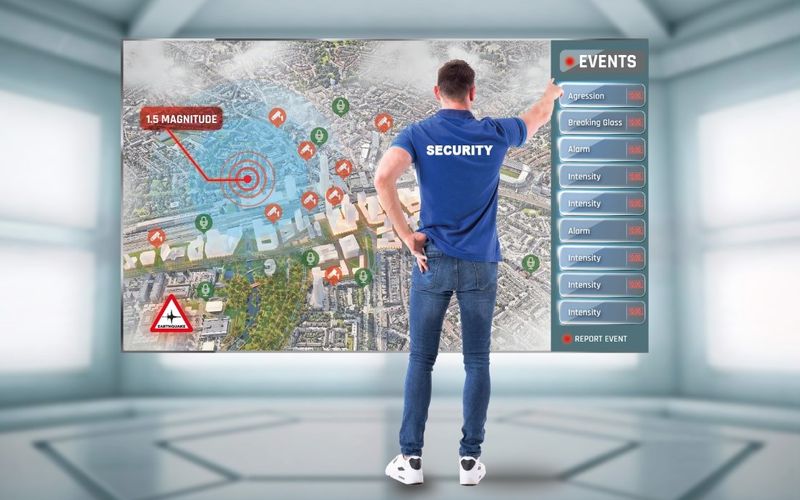
During the ITEA Smart Cities customer workshop of 2015, the participating cities clarified that one of their key challenges was the fragmentation of information into silo-oriented closed systems and organisation models. They needed solutions to overcome the silo effect to be able to improve their crisis management. Earthquakes were mentioned by the city of Istanbul as one of the focus points.
In ITEA 3 Call 2, launched in September 2015, seven partners from the Netherlands and Canada decided to address these challenges from the customer workshop in the PS-CRIMSON project, which ultimately became a winner of the 2020 ITEA Award of Excellence thanks to its exploitation and unique partnerships. The partners developed a unique 3D smart digital model that combines all of the gathered data on one common platform. With this platform, public safety and disaster management can be improved, as pilot projects in Eindhoven and Vancouver have shown. Thanks to the 3D smart model of Esri Canada, developed within PS-CRIMSON, city representatives can now see the effects of an earthquake down to the level of interior units in the damaged buildings and the different levels of flooding that would follow. PS-CRIMSON project partners won a tender for Smart City Hilversum, which is now being deployed to create insights on traffic and in addition, project partner ViNotion has sold PS-CRIMSON results to other cities, including Amsterdam, ’s-Hertogenbosch and Bruges.
SMART-PDM (2018-2022)
Junkkari brings predictive maintenance to unchartered domains
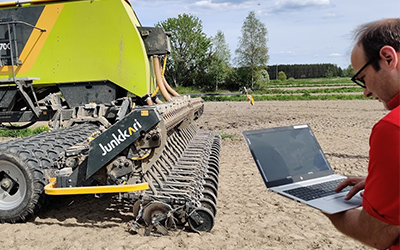
SMART-PDM project partner Junkkari Oy from Finland designs, markets and manufactures machines for sowing, transportation and forestry. Junkkari has a fundamental principle of listening to the experiences of the customer and they understood the need for real-time monitoring possibilities when predictive maintenance – the capacity to determine the condition of machinery while in service – was uncommon in the farming industry. A reliance on visual observation and simple alarm systems would result in big downtimes if a machine ran until it failed. Given the short length of the sowing season, such an approach is needlessly risky.
As a whole, the SMART-PDM project aimed to acquire manufacturing data to provide diagnosis and prognosis information while improving the financial feasibility of the underlying technology. Within this, Junkkari became the owner of two use cases, for seed drilling and woodchippers, and developed the idea of using operators’ mobile phones as gateways. Monitoring can now take place in real time thanks to data preprocessing in cloud services, which will also help the further development of precision farming.



